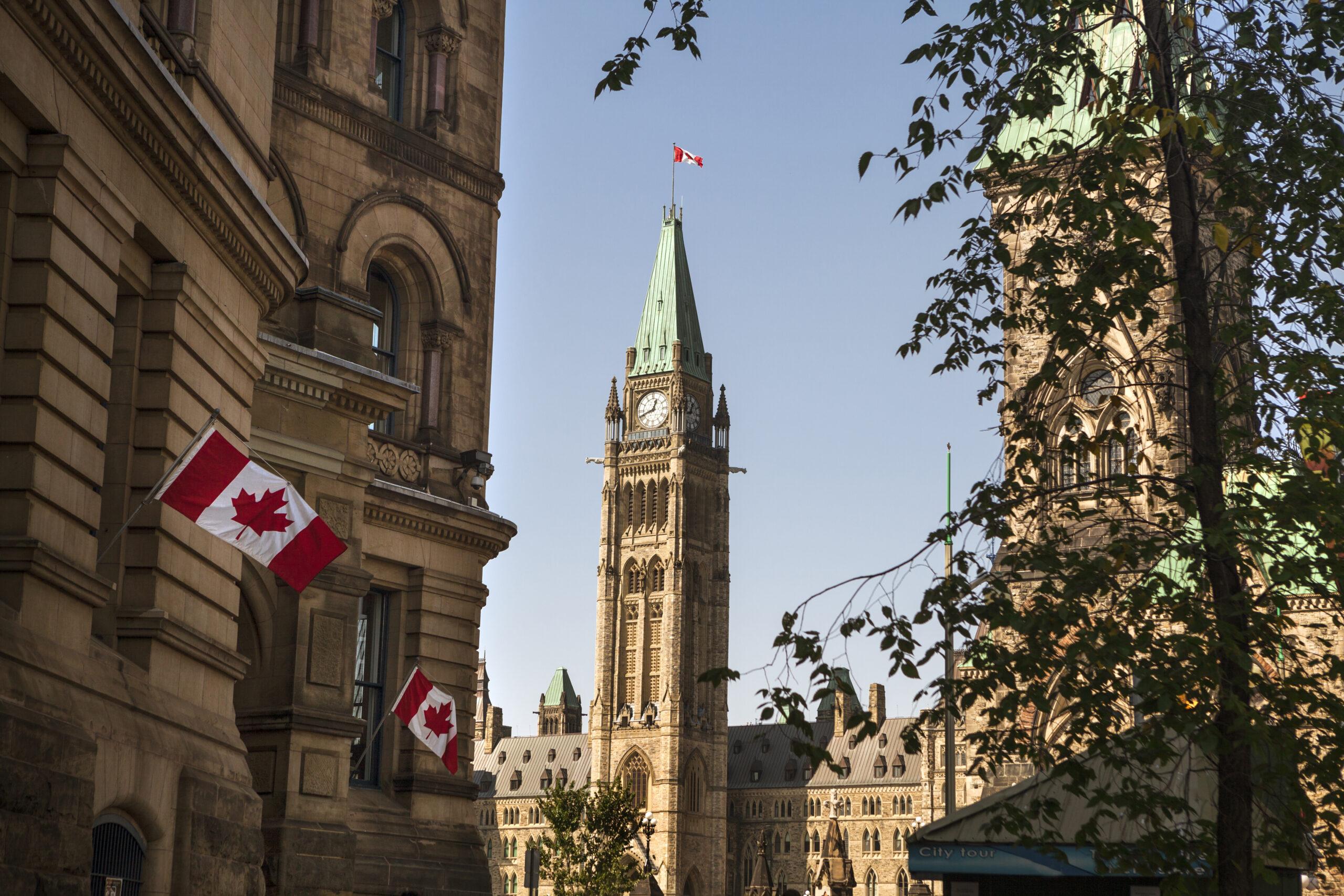


International Payments in RMB
International Payments in RMB
China is implementing financial reforms intended to increase acceptance of the Chinese currency, Renminbi (RMB), as a global transaction and investment currency. These initiatives include measures to establish North America’s first RMB trading hub in Canada. This article provides a brief overview of recent measures.
Background
RMB is also called “Yuan”. The associated abbreviations are CNY for onshore RMB and CNH for offshore RMB. In this article RMB means “Yuan”, “CNY”, “CNH” and “Renminbi”. RMB is traded and cleared outside the People’s Republic of China (PRC) in the “offshore RMB” market. In the “onshore RMB” market, RMB is traded and cleared inside the PRC. There is limited convertibility between offshore RMB and onshore RMB, although regulatory controls which separate the markets are now being relaxed. Spreads between RMB exchange and interest rates in the two markets create opportunities for exporters/importers, financial institutions, investors and arbitragers. Hong Kong has been the primary offshore RMB trading hub, followed by Singapore, Taiwan and London. The PRC’s most recent measures to internationalize RMB will, by design, cause the different prices on RMB in the offshore and onshore markets to converge and the arbitrage opportunities to ultimately disappear. In just a short 10-year period (2004 to 2014), the offshore RMB market has grown and RMB is being positioned as a global currency. The PRC has been able to control the process, making RMB convertible between offshore and onshore markets under current account to facilitate trade, and now gradually opening convertibility under capital account to facilitate investment, both onshore and offshore. The next stage of internationalization is to create more RMB trading hubs.
RMB Clearing through Canada
On November 8, 2014, the Bank of Canada and the People’s Bank of China (PBoC) signed a reciprocal currency swap agreement establishing a three-year, CAN$ / RMB currency swap line for CAN$ 30 Billion and RMB 200 Billion. The agreement would allow the Bank of Canada, if the need arose, to swap CAN$ for RMB in the onshore market, and then lend RMB to Canadian financial institutions to meet their RMB payment obligations in the offshore market. The agreement is reciprocal, so PBoC could, if the need arose, likewise draw up to CAN$30 Billion. The agreement is similar to ones which the Bank of Canada has in place with a number of central banks in other countries. The Bank of Canada has never activated any of these reciprocal central bank swaps in order to finance foreign currency liquidity. Nonetheless, the agreements provide an important underpinning for financial stability.
On the same date, the Bank of Canada and PBoC entered into a Memorandum of Understanding for the clearing of RMB transactions in Canada. The two central banks have agreed to co-operate and monitor all RMB-denominated transactions, as well as the future evolution of RMB clearing and liquidity conditions in Canada. The cooperation includes sharing information. The Office of the Superintendent of Financial Institutions (OSFI) has responsibility in Canada for collecting relevant RMB transaction information from the financial institutions it regulates. PBoC also has similar cooperation agreements in place with central banks in other jurisdictions where it is encouraging increased use of RMB. After signing the Memorandum of Understanding, PBoC designated Industrial and Commercial Bank of China (Canada) (ICBK) as the RMB clearing bank in Toronto. ICBK expects to contribute to global internationalization of RMB by promoting cross-border RMB business in Canada through the launch of new RMB products and services for trade finance, corporate banking, and foreign exchange transactions.
Also in November 2014, China’s State Administration of Foreign Exchange (SAFE) and the PBoC granted an initial Renminbi Qualified Foreign Institutional Investor (RQFII) quota in the amount of RMB 50 Billion to Canadian financial institutions. The RQFII program allows foreign investors access to China’s capital markets through licensed financial institutions. Canadian financial institutions can apply for a share of this quota to access investments in the onshore RMB market for Canadian and other investors.
Other Initiatives
These measures are part of broader initiatives. On October 1, 2014, the government of Canada ratified its agreement with China for the Promotion and Reciprocal Protection of Investments (FIPA). Generally, FIPA is intended to reduce risks for Canadian businesses investing in China. See TRC-Sadovod Bulletin, September 2014, “Canada – China Investment Treaty Enters into Force After 30 Month Wait”.
Separately, in 2014 SAFE implemented a series of measures designed to ease capital account restrictions to allow more two way investment flow in and out of China. Limits still apply – in particular, quotas on the net inflow of funds received by domestic enterprises in the PRC, and also quotas on the net outflow of funds from domestic PRC enterprises. But generally SAFE’s regulatory control of investments is being changed from an approval regime to merely a registration regime. Also timelines for registration and implementation are being shortened and quotas are being relaxed.
Just one year after setting up the pilot free trade zone in Shanghai (PFTZ), China announced in December 2014 that it would expand the PFTZ, and establish three new zones in March 2015 in other regions. In the PFTZ, China has introduced various reforms for RMB denominated transactions, such as cross border RMB sweeping which allows large multinational corporations to transfer cash from China to off-shore, and vice-versa.
Consequences
International payments between financial institutions generally fall into three market groups:
- Trade: for trade finance, cash management and payment for goods and services;
- FX and Derivatives: for foreign exchange, money market and OTC derivatives; and
- Investments: for debt and equity securities, custodians (local and global), dealers and investment funds.
Globally, RMB is being used more frequently as a trade settlement currency. In 2014, RMB ranked #7 as a payment currency, up from rank #20 in 2012. The FX option market for offshore RMB has grown substantially since 2013 in volume, product sophistication and market participation. Deposits in the offshore RBM market have increased substantially and are being used for loans and bond purchases in the offshore RMB market. The recent increases in RQFII quotas will also cause investments in loans and bonds in the onshore RMB market to increase.
RMB liquidity will be enhanced when Canadian dollars can be converted directly into RMB, which is one of the reasons for the PRC promoting a new RMB trading hub in Canada. Today there is no active market for direct Canadian dollar to RMB conversion, and FX trades are implemented by an intermediate step in US dollars (i.e., CAN$ to US$, then US$ to RMB). It is anticipated that once there is sufficient volume of transactions through the Canadian hub, direct CAN$ – RMB trades will begin, resulting in significantly lower transaction costs for exporters/importers and investors.
Currently Canadian banks control risks associated with settlement of foreign exchange through the Continuous Linked Settlement (CLS) bank. CLS is a special service US bank supervised by the Federal Reserve Bank of New York. Most of the leading banks of the world are shareholders and CLS settles payment instructions for transactions among participating countries in 17 different currencies. The RMB is not one of those currencies, and PBoC is not one of the central banks at which CLS maintains accounts. Perhaps full integration of RMB as a global currency will not occur until China joins CLS. But the pace at which the PRC has set up the RMB trading hub in Canada, as well as similar hubs in the UK, Germany, Australia, South Korea and other markets, suggests that complete global RMB integration is inevitable.
by David E. Thring
A Cautionary Note
The foregoing provides only an overview and does not constitute legal advice. Readers are cautioned against making any decisions based on this material alone. Rather, specific legal advice should be obtained.
© TRC-Sadovod LLP 2015
Insights (5 Posts)View More
Working for Workers Four Act, 2023: How Ontario’s Proposed Changes Will Impact Employers
This bulletin discusses new employer obligations for job postings, tip and wage protections, and more as proposed in the Working for Workers Four Act, 2023.
Plan for the Ban: What the Federal Court’s Decision ACTUALLY Means for Your Business – Your Questions Answered
The Court decision in Responsible Plastic Use Coalition v Canada struck down Canada's decision to add plastic manufactured items to the List of Toxic Substances
Beware of Bystanders: Ontario Court Expands the Scope of Negligence Claims
Ontario Court expands scope of negligence claims to include innocent bystanders.
CSA and CIRO Provide Update on Short Selling Regulatory Regime Review
On November 16, 2023, the CSA and CIRO published CSA/CIRO Staff Notice 23-332 Summary of Comments and Responses to CSA/IIROC Staff Notice 23-329.
Industrial Design Regime in Canada
This is an overview of the Industrial Design Regime in Canada
Get updates delivered right to your inbox. You can unsubscribe at any time.






